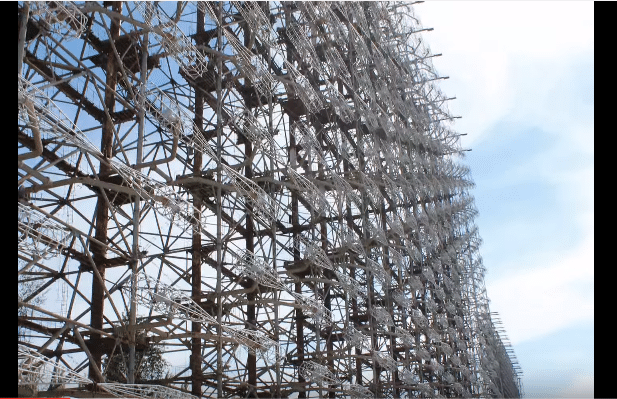In terms of communication, China, like Russia, likes to recycle its information so as to maintain a publication flow creating a feeling of great dynamism. This is the case today with an article published by the state website Global Times, focusing on the invulnerability of Chinese coastal early warning radars in the face of anti-radar systems.
Indeed, Chinese forces have deployed along the country's coast a set of high-frequency radar infrastructures, using the principle of surface waves, allowing the system to detect aircraft beyond the horizon, and this despite the roundness of the earth. They also have the particularity of being little sensitive to the stealth technologies used today, making it possible to detect a stealth device at great distances. Finally, as the article points out, the frequency bands used by these radars make them “undetectable” by current anti-radar missiles, specialized for tracking beams in much higher frequency bands.
That said, this technology is far from being faultless or new. The Soviet Union had already deployed a radar of this type to ensure advanced detection of the Kola Peninsula in the 80s. Furthermore, it sorely lacks precision, to the point that it is difficult, if not impossible, to direct a missile based on the information provided by this system. Finally, they require heavy infrastructure, which is not very mobile by nature. Therefore, there is no need for an anti-radar missile to overcome it. The position of each radar being known, one or more cruise missiles are perfectly capable of eliminating the system.
France was a pioneer in over-the-horizon radars, with the Nostradamus radar developed by ONERA, and capable of detecting any aircraft, including stealth, in a band located between 700 and 2000 km around infrastructure. This program was followed in 2009 by the STRADIVARIUS program, this time using surface waves. Thales also offers a coastal defense system based on this technology. Australia and Canada also use radars of this type to provide detection of large areas around them

